What's In This Guide?
It depends on if the tire has been used or not. Many experts state that you should not use or sell tires if they are more than 3-4 years old and were in constant use prior to that. If you have a set of unused tires laying around, you should not use or sell them if they are more than 6-8 years old, and that only makes sense if they were stored properly beforehand.
Climate is also an important factor as extreme conditions such as constant heat can make the tires unusable after only a year or two. Improper storage can also make your tires deteriorate even faster. All in all, be sure not to sell or use your tires if they are experiencing visible tire deformations such as sidewall damage, bubbles or flat spots.
Believe it or not, oxygen is the main culprit when it comes to tire deterioration as it breaks down the tire compound both from inside and out. Even though all modern-day tires utilize various antioxidant blends in tire construction, these can only slow down the rate at which the tire deteriorates.
The polymer structure eventually starts losing the battle against oxygen and that is when a tire starts breaking down at a faster rate.
UV LightA process called photodegradation happens when the tire sits in direct sunlight for a while as the polymer structure that makes the tire starts to decay. Tires absorb UV light the moment they are exposed to it which means that the tire slowly starts disintegrating.
Tires absorb UV light the moment they are exposed to it which means that the tire slowly starts disintegrating.
Tire manufacturers try to negate this with a so-called carbon black finish which is able to absorb that light and turn it into heat. However, these protective properties lose their effectiveness over time and your tires literally start “feeling the heat”.
OzoneOzone is essentially oxygen with an additional atom strapped onto it. Most of us heard about it because it can be found in the troposphere and the stratosphere, yet ozone is also constantly being created thanks to manmade pollution and is fairly detrimental to tire longevity, especially if the tires are not used.
Back in the 1950s scientists discovered that ozone plays a huge role when it comes to tire degradation and many tire manufacturers neutralize these effects by employing special wax and oil compounds directly onto the tire. However, these are virtually ineffective when it comes to stored tires.
Temperature and humidity are a really bad combination for stored tires as these can significantly shorten the lifespan of a tire. Heat causes thermo-oxidative tire degradation while humidity opens the door for ozone-induced degradation as well.
As such, be sure to store your tires in an environment that is preferably between 32 F and 72 F, and always try to store them away from any potential sources of humidity.
Tires made in the 21st century usually come with a four-digit code placed directly on the sidewall of the tire. The code looks something like this – 0317 and is being accompanied by the DOT (Department of Transportation) number and the entire sequence tends to look something like this – DOT ATE9 UA40 0317.
The first two numbers (03) represent the week in which the tire has been made while the second two numbers (17) represent the year, which in this case is 2017. This means that a tire that carries the 0317 four-digit code was made in the 13th week of 2017.
This means that a tire that carries the 0317 four-digit code was made in the 13th week of 2017.
Pre 2000 tires come with a three-digit code which means that they are more than 22 years old at the time of making this article. It is a bit trickier to determine how old a three-digit code tire can be, but it is for certain that it is way too old for any purpose besides a tire graveyard.
There are no specific laws that prevent tire shops from selling you a set of old tires. The only way to make sure is to inspect the four-digit code on the tire. Some tire shops have a strict policy on older tires which means that they are not only going to refuse to sell you a set of older tires, they might even refuse to mount them on your car.
Most tire manufacturers offer a 4-6 year tire warranty while some manufacturers will even cover their tires for 8-10 years or until the tread wears out.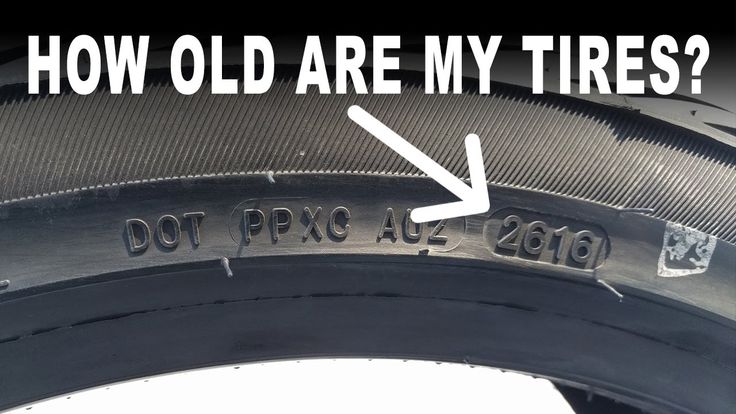 Obviously, driving with a set of bald tires is always a bad idea, and no one is willing to cover any potential damages that might arise from a set of bald tires.
Obviously, driving with a set of bald tires is always a bad idea, and no one is willing to cover any potential damages that might arise from a set of bald tires.
This means that they are not 100% confident that their tires will indeed last 4-6 years long. Many different aspects influence how long a tire can last and it is rather impossible to perfectly gauge the true lifespan of a tire. However, there are ways how one can make a tire last longer.
If you want to sell tires that have been in constant use, be sure to do so before they reach their 4th or 5th birthday, and only if the tire is in good overall condition. However, if you have a set of stored tires lying around, you should not sell them after 6-8 years in proper storage.
Many different factors play a role in how long a tire can last and still be considered safe. It makes no sense to buy a set of well-used tires anyway because tires are an essential safety aspect. It is virtually impossible to ever emphasize the importance of tires as they are the only thing that connects the car to the road.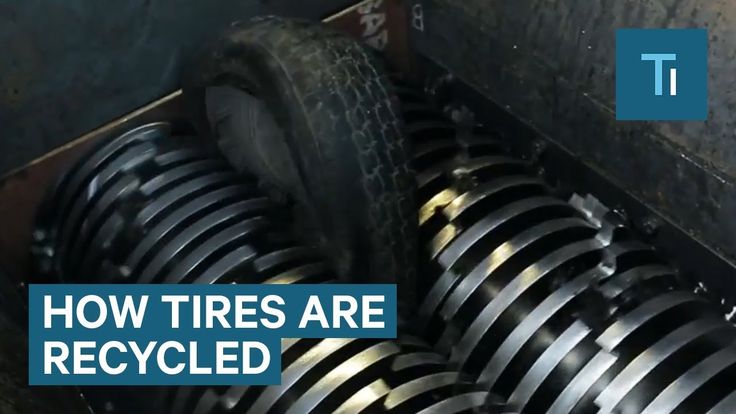
By ABC7
There are no laws or regulations prohibiting the sale of tires manufactured more than six years ago, but both safety experts and many vehicle manufacturers recommend against using any tire older than six years. The results, they say, can be catastrophic.
Jack Crane of Danville can't forget that fateful day in 2002. His sons, Joey and Bobby, were driving through the Central Valley on Highway 5 when, without warning, the right rear tire blew, the Ford Bronco flipped and rolled into the medium strip.
"Bobby was still inside the car and without getting too graphic, Bobby was dying," said Jack Crane of Danville.
Nothing could be done to save Bobby. He died.
The teens put the spare tire on the Bronco the day of the accident. They didn't know that spare tire was 14 years old.
"It looked like it was in great condition. It had lots of tread.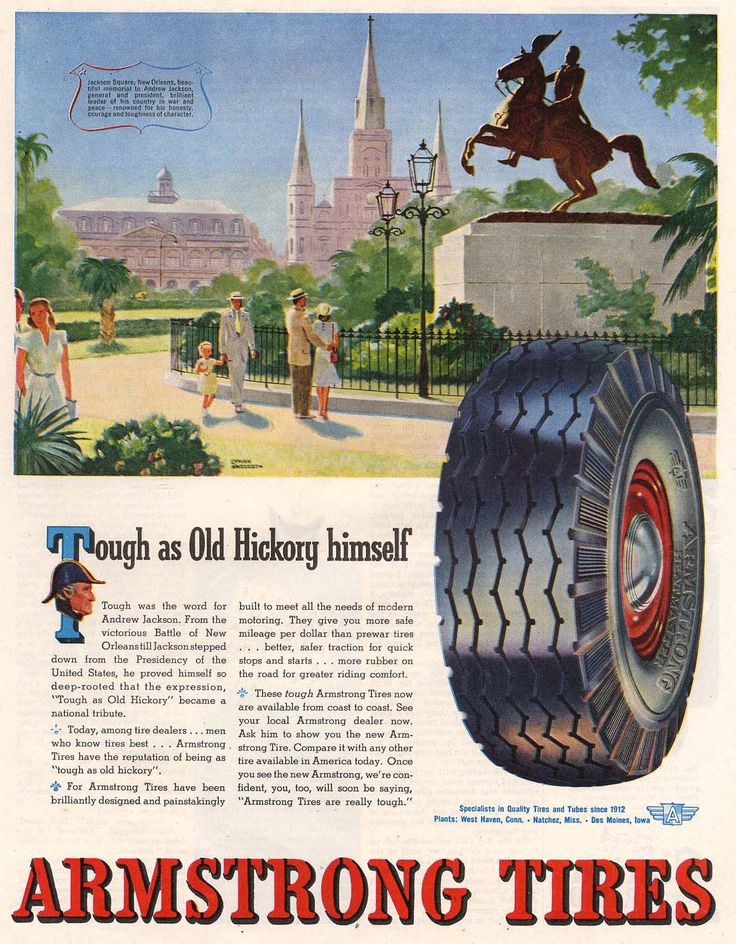 It had more tread than the other tires," said Crane.
It had more tread than the other tires," said Crane.
The tread totally separated from the tire. The Crane's said at the time, the tire had only 2,000 miles on it. They sued Firestone and eventually settled.
"Even if a tire has been unused, has never been on the road, and is in perfect condition, it is degrading just sitting there," said Mike Danko, a product liability attorney based in San Mateo.
We found a warning in an owner's manual by Chrysler:
"Tires and spare tires should be replaced after six years, regardless of the remaining tread."
We found similar recommendations in an Audi manual and in another by Ford-Lincoln Mercury.
Video from a consulting company, Transportation Safety Technologies, hired by an attorney filing auto liability claims, demonstrates a tread tearing from a tire, something safety experts say tires six years or older are more prone to do.
7 On Your Side also obtained demonstration video from another consultant also hired by an attorney, Safety Engineering and Forensic Analysis. The video shows what can happen after the tread separates from a tire.
The video shows what can happen after the tread separates from a tire.
We got a first hand look at what can happen when the Alameda County Sheriff's Department put Michael Finney on a simulator. He was going 60 miles an hour when the front tire blew. He hit the brakes and narrowly missed the center divider.
"That's one of the main problems people have. They get on the brakes, and like we said, that causes a weight transfer," said Deputy Brian Frazer from the Alameda County Sheriff's Department.
Safety Research and Strategies has been documenting accidents blamed on old tires which have lead to law suits.
"We've identified more than 140 serious crashes that have resulted in fatalities or serious injuries," said Sean Kane of Safety Research and Strategies.
He says even tires sitting in a store's warehouse degrade over time, and despite that, still end up being sold on the retail market.
Investigative journalist Brian Ross of ABC News found retailers nationwide selling tires older than six years.
We wanted to see for ourselves, so we took our hidden cameras to tire retailers in San Francisco, the Peninsula, East Bay and South Bay.
The last few digits of a code on the tire represent the manufacturing date of the tire. The "459" on one tire means it was manufactured the 45th week of 1999. We found it at a Good Year store in San Mateo. Two other tires we saw at the same store were six years old.
Our investigation also found tires older than six years being sold at used tire shops. We found a 10-year-old tire at Tires and Brakes for Less in Oakland; a nine-year-old tire at Hillside Tires and Brakes in Daly City; and a seven-year-old tire at Rolling Stock Custom Wheels in San Francisco.
Rolling Stock called it a ploy to get people to buy more tires; Hillside told us this was the first they've heard that tire aging might be a problem; and Tires and Brakes for Less says they only sell tires in good shape.
All three stores declined an on-camera interview. Good Year also refused to answer our questions on camera, but a corporate spokesman told us:
Good Year also refused to answer our questions on camera, but a corporate spokesman told us:
"Proper storage, maintenance and inflation of tires, not the age of tires, are the primary factors in tire performance."
A spokesman for the Rubber Manufacturer's Association (RMA) agreed.
"Our association does not recommend a removal date for tire based on age because there's no scientific information to back it up," said Dan Zielinski of RMA.
That claim is true. However, the National Highway Traffic Safety Administration is studying the issue right now by artificially aging tires in a lab.
Selling old tires of any age is legal, but safety experts have pushed for requiring expiration dates on tires and for simplifying the codes on the tires. These are changes federal regulators and tire companies have so far resisted.
"Why would the tire companies object to that? I do not understand and I have a dead son. There's just no excuse for that," said Crane.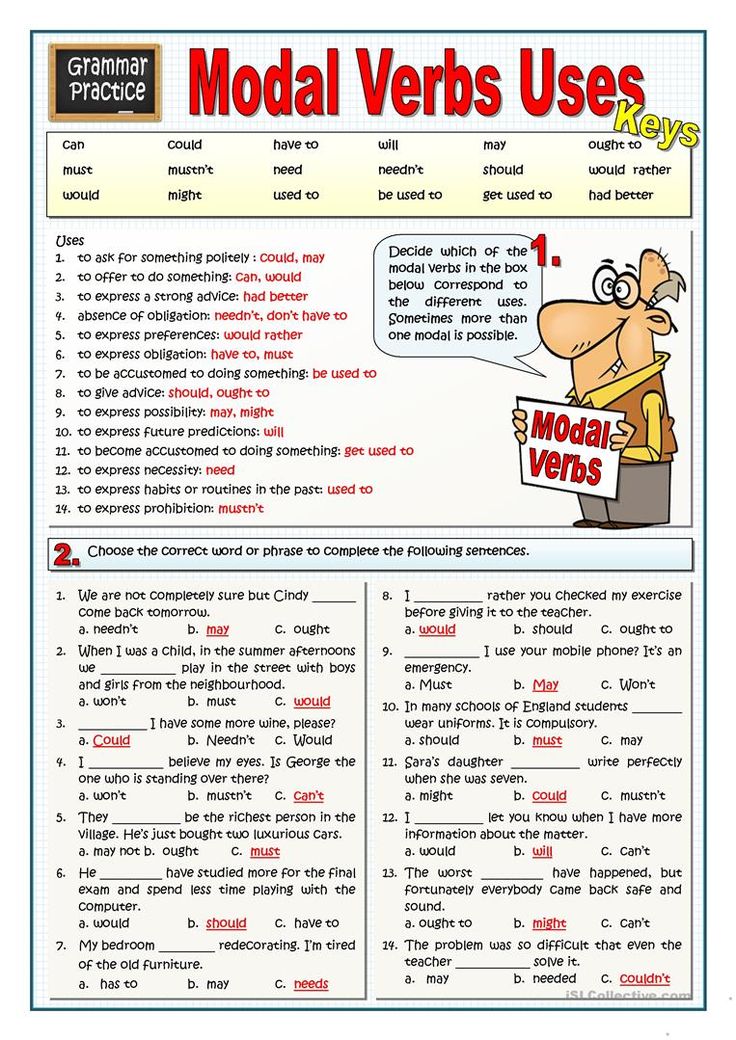
For more information you can check out Michael Finney's The Back Story. Click here
ABC News' Brian Ross reported on what his investigation found in other parts of the country. Read his investigation here.
Tire Aging Report from the NHTSA
Investigation: Aged tires being sold, Part 2
Copyright © 2022 KGO-TV. All Rights Reserved.
0003Related materials
7 rubber signals: what the tire says about car problems
How do you know when tires are completely worn out and it's time to change them? Everything is simple. For summer tires, the limit is 1.6 mm of residual tread depth, and for winter (or all-season tires used in winter) - 4 mm. Modern summer tires can travel from 40,000 to 70,000 km, depending on driving style and vehicle characteristics. An average motorist rolls such a mileage on summer tires in 2-3 seasons. Moreover, wear implies not only a decrease in tread depth. For millions of cycles of deformation, the strength of the carcass and its adhesion to the layers of the rubber compound are violated. In short, every 2-3 years you should buy a new set of tires.
For millions of cycles of deformation, the strength of the carcass and its adhesion to the layers of the rubber compound are violated. In short, every 2-3 years you should buy a new set of tires.
In case of irreparable damage to one of the tires and a relatively high total mileage of the kit, it is also worth considering replacing it. Well, or about buying at least a pair of new tires, which, for any type of drive, should be installed on the front axle. We put two tires back - the most decent of the remaining ones.
Many motorists drive only a few thousand kilometers a year. This does not mean that the tires will serve you for several decades. According to Russian requirements (GOST 4754-97), the service life of passenger car tires is 5 years from the date of manufacture. And for example, Continental recommends that all car tires (including the spare tire) older than 10 years old should be replaced with new ones. Therefore, with small runs, you can navigate for ten years. The date of manufacture of the tire is indicated on the sidewall. Usually it is an oval with four numbers. The first two are the ordinal number of the week in the year, the last two indicate the year.
Therefore, with small runs, you can navigate for ten years. The date of manufacture of the tire is indicated on the sidewall. Usually it is an oval with four numbers. The first two are the ordinal number of the week in the year, the last two indicate the year.
Related materials
How to change the car yourself - detailed instructions
Tires should be rotated periodically in accordance with the vehicle manufacturer's recommendations - information on this can be found in the owner's manual.
We can advise you to carefully use the tires and, most importantly, to store them correctly in the off-season. First of all, during storage, it is important to exclude direct sunlight from hitting the tires, which greatly age the rubber. Tires without rims should be placed vertically, and stacked on rims.
And before installing tires on a car at the beginning of the season, evaluate their condition. There should be no cracks in the tread and sidewalls. The tire should not be dry, it should remain rubbery and not look like baked plastic.
There should be no cracks in the tread and sidewalls. The tire should not be dry, it should remain rubbery and not look like baked plastic.
Related materials
Driving on badly worn tires - will I be fined or not?
Winter tires have a much shorter life span. They almost always fail due to the wear of the treadmill, because the tread of a new tire is 7–8 mm, and only 3–4 mm remain working height. If the tires are studded, then with such wear there are very few metal elements left, and the tire will not provide adequate safety when driving on a winter road. However, not only spikes, but also Velcro, with such a degree of wear, also lose most of their capabilities.
The real life of winter tires rarely exceeds 30,000 km. "Bald" winter tires without studs can be re-rolled in summer, but their grip on hot road surfaces will be very poor. This must be taken into account, especially when braking.
***
So: tires that have not yet worn out along the tread (that is, up to 1.6 mm tread depth for summer tires, 4 mm for winter tires) are changed either ten years after the date of issue, or when the rubber layer cracks tires or damage.
Our new video
Test of the most modern in the history of the Volga GAZ-3111
Anti-crisis UAZ Patriot: the pros and cons of the “simplification”
3 good reasons to buy the old Vesta instead of the new Subscribe and you will always be in the know!
Driving in Zen
News smi2.ru
Monday, November 21, 2016 03:12:13 PM Europe/Moscow
How can I determine the date of manufacture of a tire and the required life span for its performance and functionality to be at the highest possible level?
When the minimum tread depth (4 mm for winter tires and 1.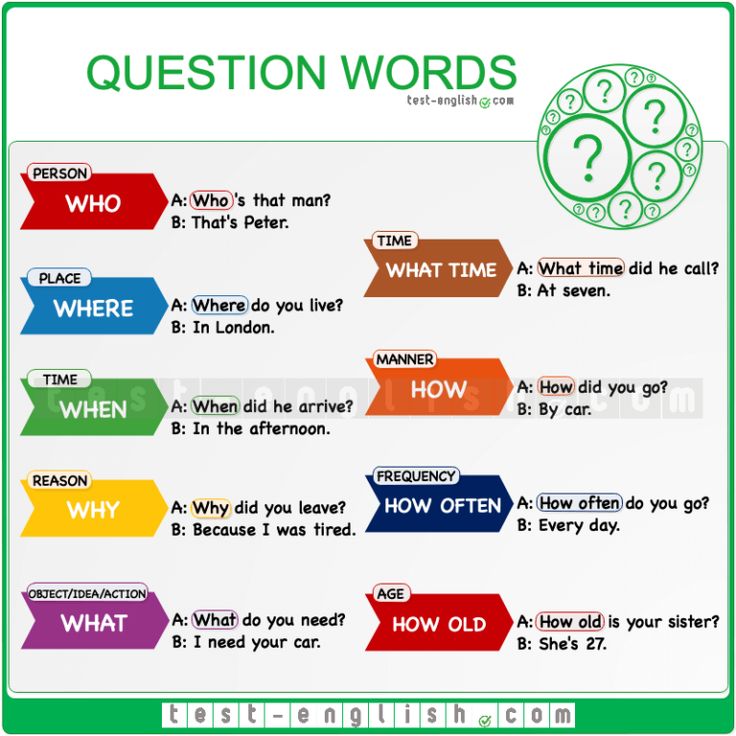 6 mm for summer tires) is reached, the tires are taken out of service and disposed of. As for the period of use over time, according to the recommendation of tire manufacturers, tires should not be used for more than ten years from the date of manufacture. At the same time, it is worth distinguishing between the concepts of "service life" and "manufacturing warranty period". The latter is established by law and in the Russian Federation is five years from the date of production. During the warranty period, the manufacturer is responsible for the full compliance of the tire with all necessary technical requirements.
6 mm for summer tires) is reached, the tires are taken out of service and disposed of. As for the period of use over time, according to the recommendation of tire manufacturers, tires should not be used for more than ten years from the date of manufacture. At the same time, it is worth distinguishing between the concepts of "service life" and "manufacturing warranty period". The latter is established by law and in the Russian Federation is five years from the date of production. During the warranty period, the manufacturer is responsible for the full compliance of the tire with all necessary technical requirements.
The date of manufacture of a tire is one of the mandatory markings and is applied to one of the sidewalls of the tire in the lower part of it, next to the seat area for the disc. This marking is a set of four digits, where the first two digits are the week of production, and the last two are the year . For example, "4815" means that the tire was manufactured in 2015 at week 48. In some cases, the date of manufacture is included with an alphanumeric code that contains information about the place of manufacture of the tire, it is applied next to the DOT abbreviation.
For example, "4815" means that the tire was manufactured in 2015 at week 48. In some cases, the date of manufacture is included with an alphanumeric code that contains information about the place of manufacture of the tire, it is applied next to the DOT abbreviation.
In summary, a tire is considered new and high performance if it has been produced for less than 5 years. And the opinion that tires should be purchased only for the current year of manufacture is a delusion: tires are made in advance, before the start of the season. Thus, the tire that hit the shelf in the tire center in March 2017 will be produced in the second half of 2016, because it takes time to transport it, and if the tire is imported, it also takes time to go through the customs procedure. For your safety, choose certified tire centers for purchase, in which the tire storage process meets all standards and requirements. Tires must be used for no more than 10 years or to the minimum allowable tread depth in accordance with the season of use. In this case, the manufacturer bears its warranty obligations only during the first five years from the date of production.
In this case, the manufacturer bears its warranty obligations only during the first five years from the date of production.
Because the tire is constantly deformed during operation. All components of a car tire not only wear out from friction on the road surface, but are also exposed to the negative effects of sunlight, chemicals, etc. Thus, the general physical and chemical aging of the tire occurs. And if the level of physical tire wear can be assessed, then the consequences of changing the rubber structure due to aggressive environments and conditions are almost impossible for an ordinary driver to assess .
Structural changes to the tire can lead to poor grip on all surfaces, rapid wear, chipping, cracking of the tread and other negative consequences. The problems listed above are only consequences of tread “aging”, but it is worth remembering that the tire almost entirely consists of various rubber compounds, which are also subject to “aging” with subsequent deterioration in tire performance.
In this case, a completely new tread can be misleading about the quality of the tyre. The level of tread depth affects the ability of the tire to drain water, as well as the effectiveness of traction in snow or mud, but the tread has only a part of the functions. There is also rubber in the tire, as well as a rather complex internal structure. The latter just can get damaged (deformation, curvature) during tire storage for 5 years or more. This can lead to an imbalance that contributes to the car pulling to the side and even the complete destruction of the tire during operation.
MICHELIN, BFGoodrich, Tigar tire warranty is 5 years from the date of manufacture or until the minimum acceptable wear level of the tread is reached in accordance with the legal requirements in force in the territory of the Customs Union, subject to the rules of transportation, storage, operation, specified by regulations and the manufacturer for each tire model, whichever comes first.